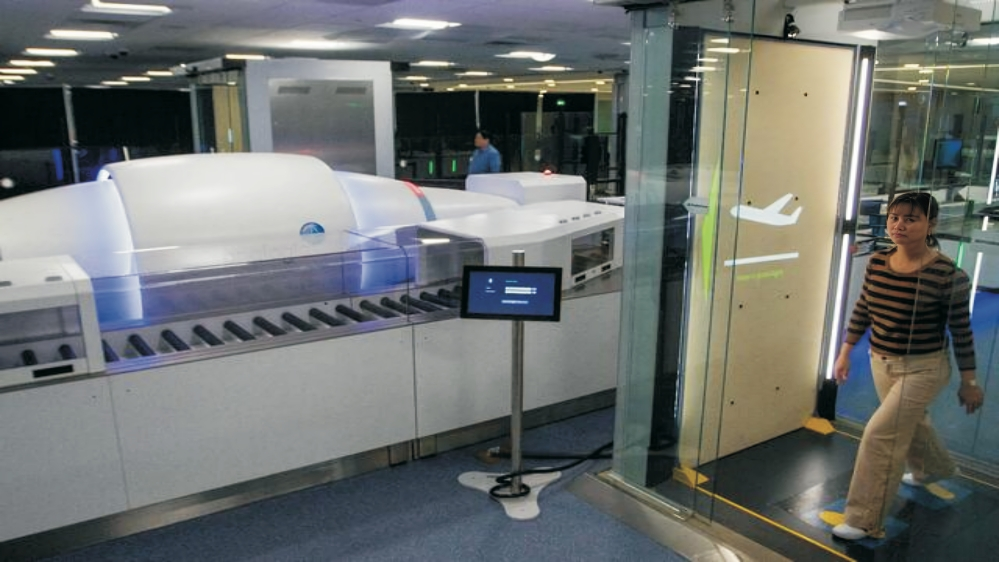TSA Trials Self-Service
TSA Trials Self-Service transportation Security Administration has announced the early phases of a pilot for their new autonomous self-screening checkpoint system. As of this past Monday, the station, which is slated to officially unveil on March 11 at Harry Reid International Airport in Las Vegas, is designed as a series of grocery store self-checkout kiosks—but for milk and eggs, read: yourself, to make sure you’re not a threat. At least, that’s what it looks like in the promotional materials. “We are constantly looking at innovative ways to enhance the passenger experience, while also improving security,” said TSA Administrator David Pekoske on Wednesday. “As with the other technologies we deploy, we are committed to testing, piloting, and validating the system.
TSA Trials Self-Service ;At the moment, the prototype station is for TSA Trials Self-Service Pre Check travelers only. If all goes well, the same or similar self-scan solutions might be utilized by more passengers in the future. When Las Vegas airport visitors arrive at the “TSA Innovation Checkpoint,” they will notice something broadly similar to the standard security control station, with the one difference of a camera-enabled video screen. By the side of TSA agents are representatives willing to help passengers with the process if they ask, although sometimes it will be a virtual agent on the screen.
TSA Trials Self-Service ;A new self-guided station at the airport is now using special X-ray machines and a more sensitive detection system for luggage-based explosives. With respect to the former, the machines appear to work just like an average checkpoint. As for the latter factor, the currently deployed equipment seems a little too sensitive as evidenced by a CBS News video piece. The article in question reveals that the human hair clips of the person in question became the cause for an alarm . Nevertheless, this development is “designed to allow self-resolution” in that regard and “reduce instances where a pat-down or secondary screening procedure would be necessary” .
TSA Trials Self-Service ;Proposed solution —not to a universal problem, alas, but one of airports’ most notorious bottlenecks—by the TSA Trials Self-Service comes at an awkward moment for both the travel and the automation industries. A series of recent, high-profile technological and manufacturing screw-ups have, in the best case, grossly inconvenienced the passengers, and, in the worse case absolutely terrified them . Simultaneously, the businesses’ recent massive roll-out of self-checkout systems have mostly flopped, as the consumers increasingly voice their displeasures toward the often capricious tech in a variety of less-than-glorious settings . Finally, there is also the theory, supported by many, that the vast majority of automation “solutions” are actually merely the ways to hire fewer humans – after all, humans tend to want living wages, and insurance, and frankly just to have a job at all.
It isn’t yet clear whether self-scan checkpoints will become a fixture of the American airport. The TSA Trials Self-Service noted as much in this week’s announcement, suggesting that, for example, some of this tech might simply be integrated into existing security lines. For the time being, the agency says that“at least gives us an opportunity to collect valuable user data and insights.”
